 Shutterstock
Shutterstock
Life is full of changes, and while humans often adapt with some effort, dogs can find transitions challenging. Whether it’s moving to a new home, welcoming a new pet or family member, or dealing with the absence of a loved one, big life changes can be stressful for dogs. These changes can lead to anxiety, or even behavioral issues if not managed properly. Understanding how to support your dog through these changes is essential for their emotional well-being and to ensure they remain a happy, secure member of your household.
Understanding Your Dog’s Sensitivity to Change
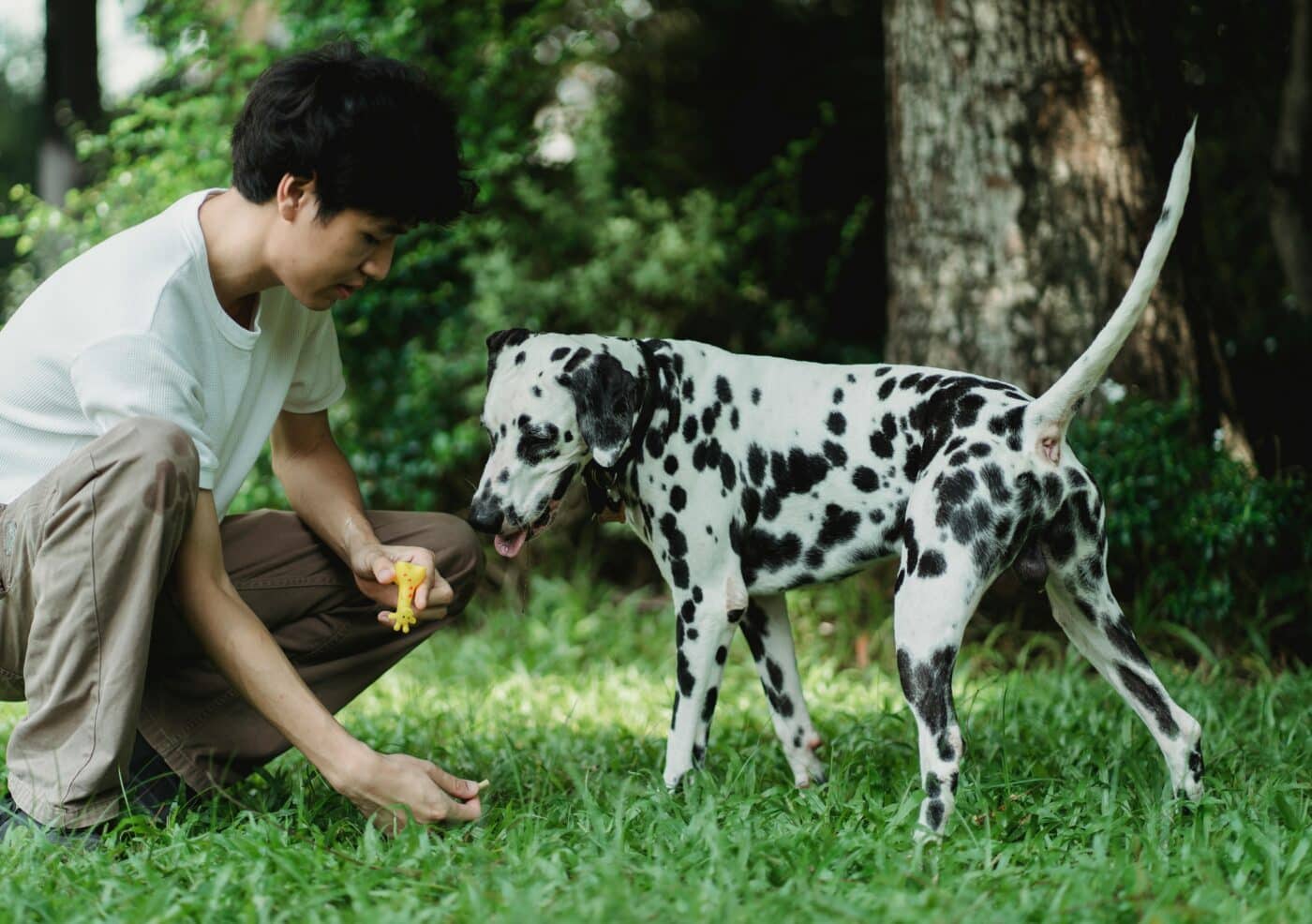 Shutterstock
Shutterstock
Dogs thrive on routine and predictability. Their daily lives are structured around meals, walks, playtime, and rest. This routine provides them with a sense of safety and stability. When something disrupts that routine, it can cause them stress. Dogs rely heavily on their human companions for cues and reassurance, so changes that disrupt their human behavior or the environment can make them feel anxious. Recognizing that dogs are creatures of habit helps to understand why big changes can be so unsettling and why they need extra support during these times.
Moving to a New Home
 Shutterstock
Shutterstock
One of the most significant life changes a dog can experience is moving to a new home. A dog’s environment is a big part of their comfort zone, and moving means an unfamiliar space filled with new smells and sights. To help your dog adjust, introduce them to their new home gradually if possible. Allow them to explore the space room by room and keep familiar items, like their bed, toys, and bowls, to make the space feel more like their own. Maintain a consistent schedule with feeding, walks, and playtime to reinforce a sense of normalcy.
Welcoming a New Family Member
 Shutterstock
Shutterstock
Adding a new pet or family member, such as a baby, can be a major change for a dog. Dogs often feel confused or even threatened when their status in the home changes or when they have to pay attention. To ease this transition, gradually introduce your dog to the new family member by allowing them to observe from a safe distance and rewarding them for calm behavior. Make sure to continue spending quality time with your dog, so they don’t feel neglected. This helps them associate the new addition with positive feelings rather than competition or loss.
Coping with the Loss of a Companion
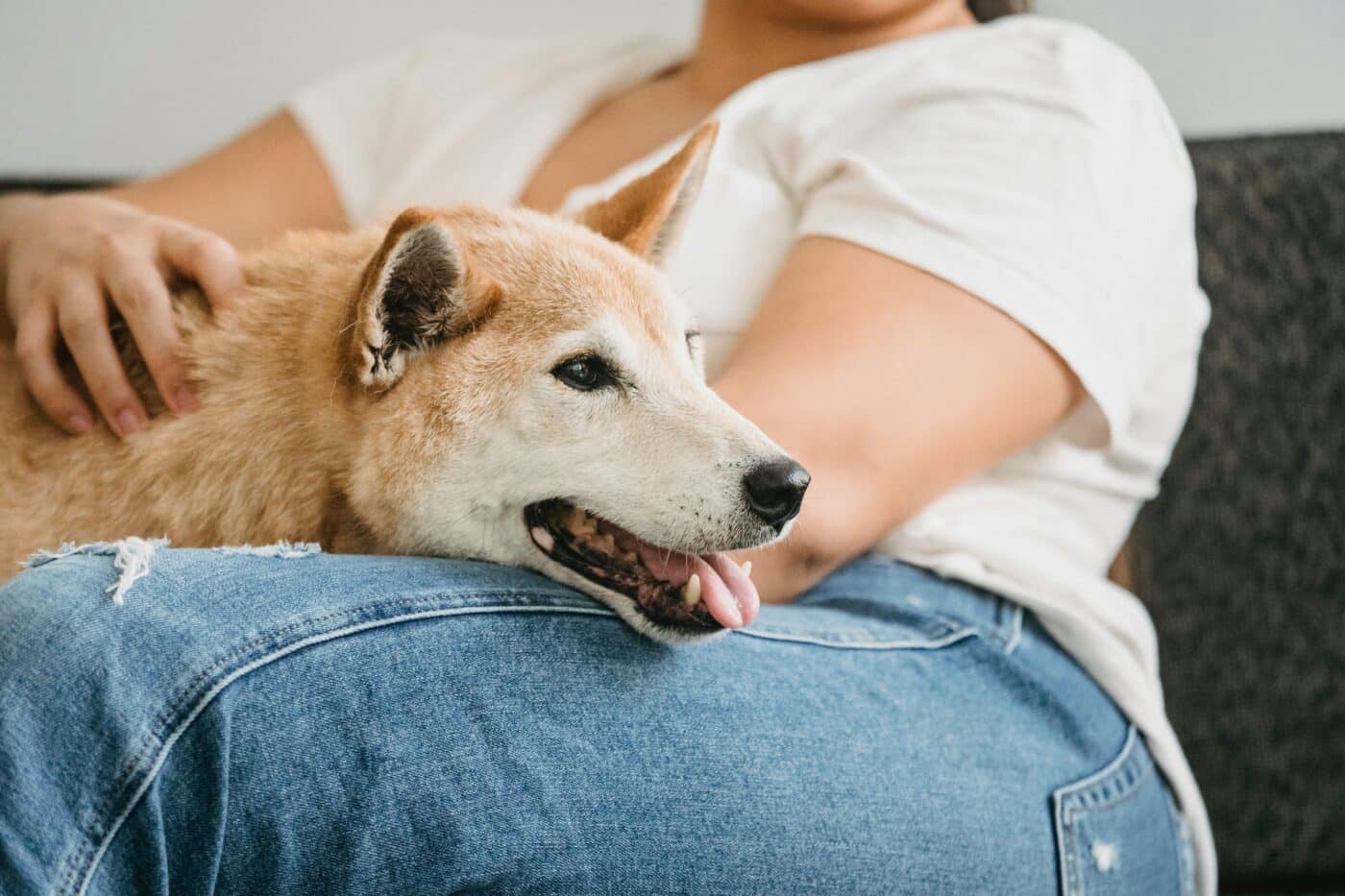 Shutterstock
Shutterstock
Dogs can form deep bonds with other pets or family members, and the loss of one can have a significant emotional impact. Just like humans, dogs grieve, showing signs such as decreased appetite, lethargy, or changes in behavior. To help your dog cope, maintain their routine as much as possible to give them a sense of stability. Offering extra attention and comfort can help them feel secure during this difficult time. If the signs of grief persist, consider consulting a veterinarian or animal behaviorist for additional support to prevent long-term emotional or physical issues.
Preparing for Major Schedule Changes
 Shutterstock
Shutterstock
Dogs quickly become accustomed to a household schedule, so any major disruption, such as a change in work hours or the kids going back to school, can be unsettling. A sudden reduction in attention or activity can lead to anxiety and boredom, which might manifest as destructive behavior. To help your dog adjust, gradually implement the new schedule over a few weeks, easing them into the change. Provide enrichment activities, such as puzzle toys or training exercises, to keep them mentally stimulated. Hiring a dog walker or arranging playdates can also help maintain their exercise and social needs.
Creating a Safe Space
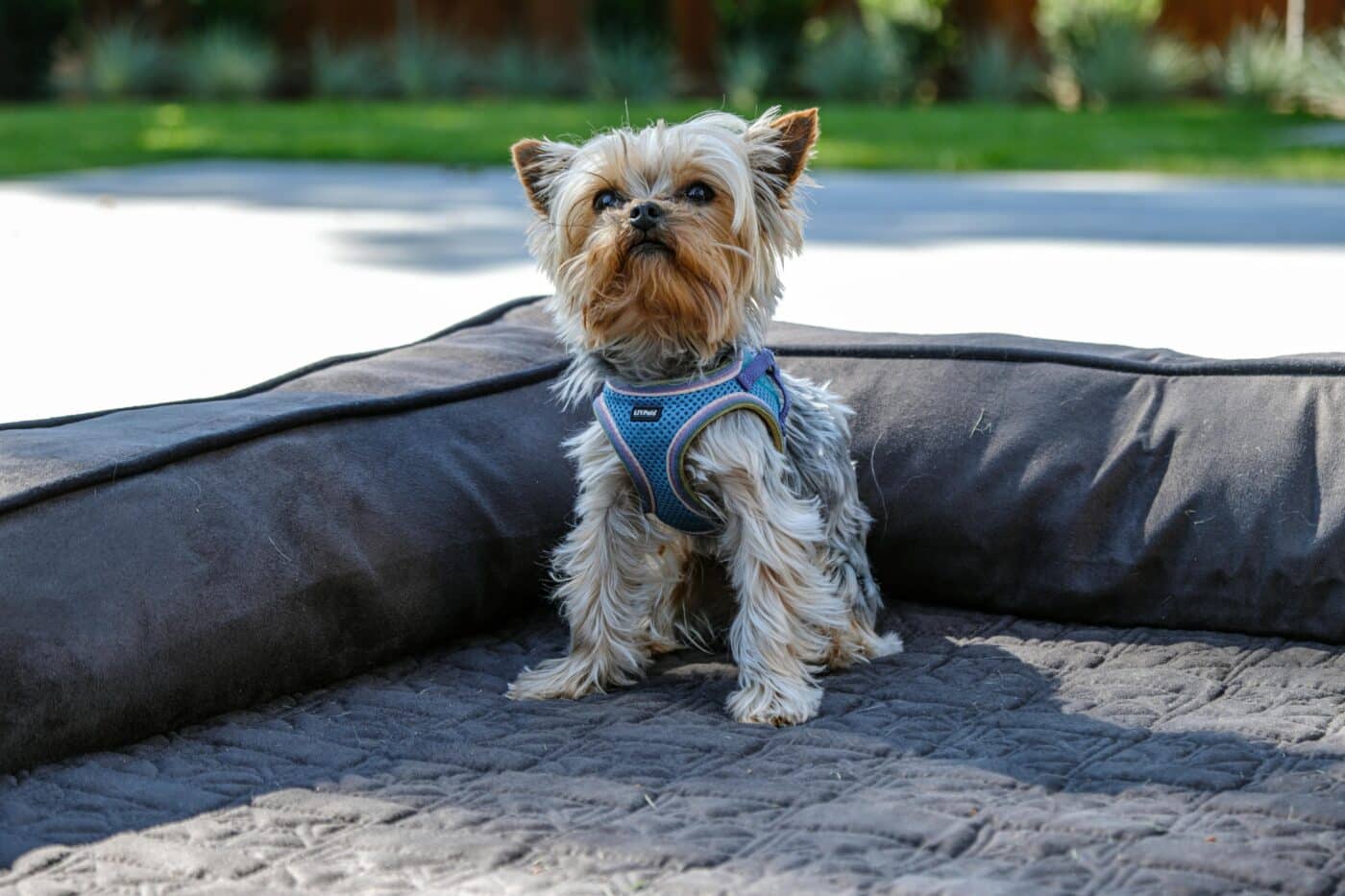 Shutterstock
Shutterstock
During times of significant change, having a dedicated space where your dog feels safe can be invaluable. This could be a cozy corner with their bed, blankets, and toys, or even a crate that’s left open for them to retreat to whenever they need comfort. A familiar, safe space can provide a refuge where your dog can relax and feel protected from the stress of changes happening around them. Ensuring this space is quiet and away from the hubbub of activity can help them find peace when they feel overwhelmed.
Positive Reinforcement and Training
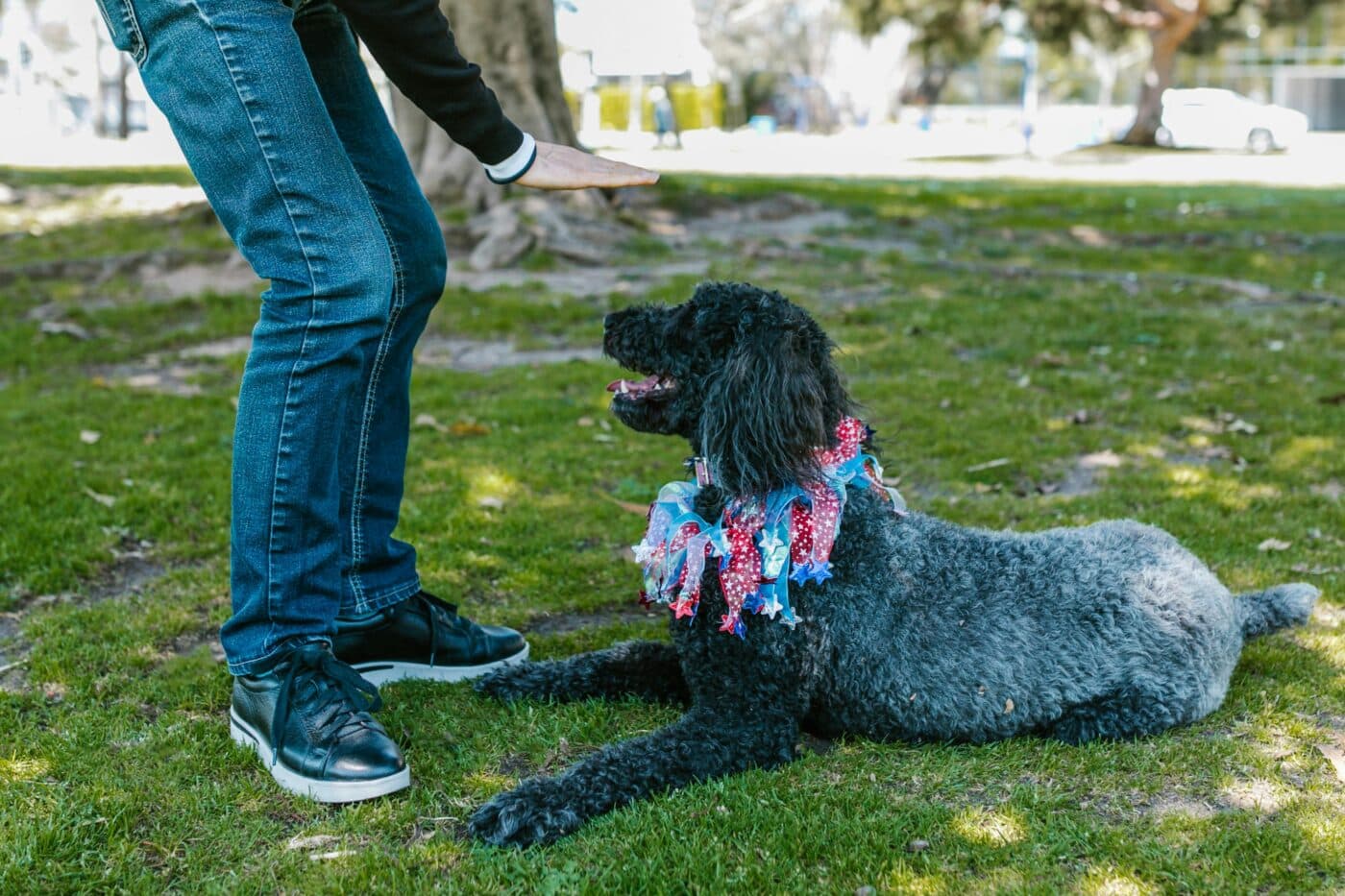 Shutterstock
Shutterstock
Training is not just about teaching tricks; it’s a powerful tool to help dogs manage stress. Positive reinforcement can be particularly effective during life changes. When your dog exhibits calm behavior in response to a new situation, reward them with treats, praise, or their favorite toy. This helps them associate the change with positive outcomes. Training can also be used to reinforce commands like “stay” and “leave it,” which can be handy when introducing new family members or making changes in the home. This approach not only builds your dog’s confidence but also strengthens the bond between you.
Keeping Routine as Consistent as Possible
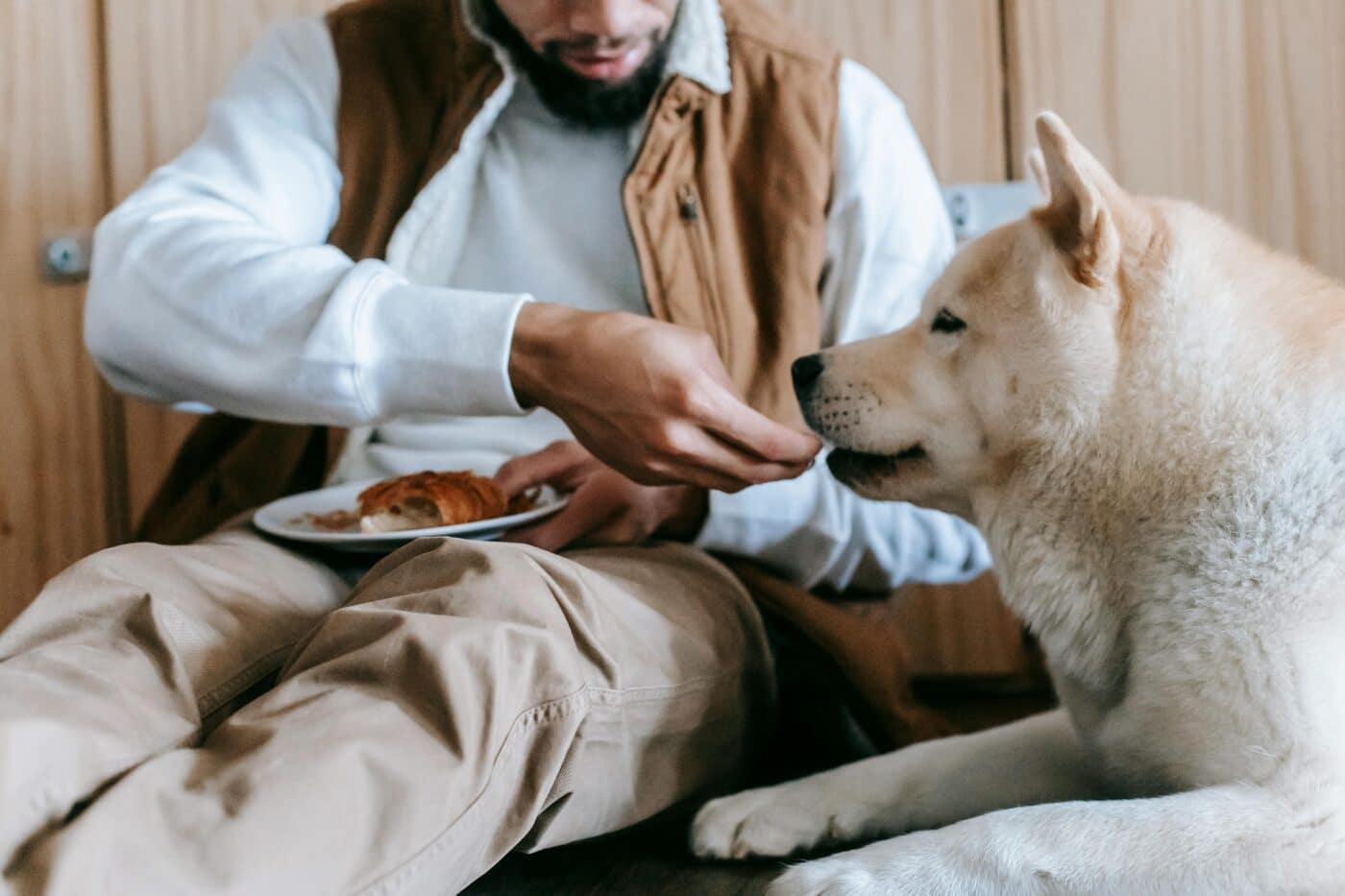 Shutterstock
Shutterstock
Routine is king when it comes to helping dogs adjust to change. Even during significant life shifts, try to keep your dog’s day-to-day schedule as consistent as possible. Regular meal times, walks, and play sessions help reassure your dog that some aspects of life remain the same. If your daily schedule is going to change, start adjusting your dog’s routine gradually before the big event. Small, incremental shifts are less stressful and allow your dog to adapt without feeling abruptly thrown off balance.
The Importance of Exercise and Mental Stimulation
 Shutterstock
Shutterstock
Exercise and mental stimulation are essential for a dog’s overall well-being, especially during stressful times. Physical activity helps reduce anxiety by burning off excess energy and promoting relaxation through the release of endorphins. Mental stimulation, such as puzzle toys, training sessions, or scent games, keeps your dog engaged and distracted from potential stressors. Whether it’s a long walk, a play session in the yard, or a challenging toy that dispenses treats, these activities can make a big difference in helping your dog feel balanced and happy during transitions.
Using Calming Aids and Techniques
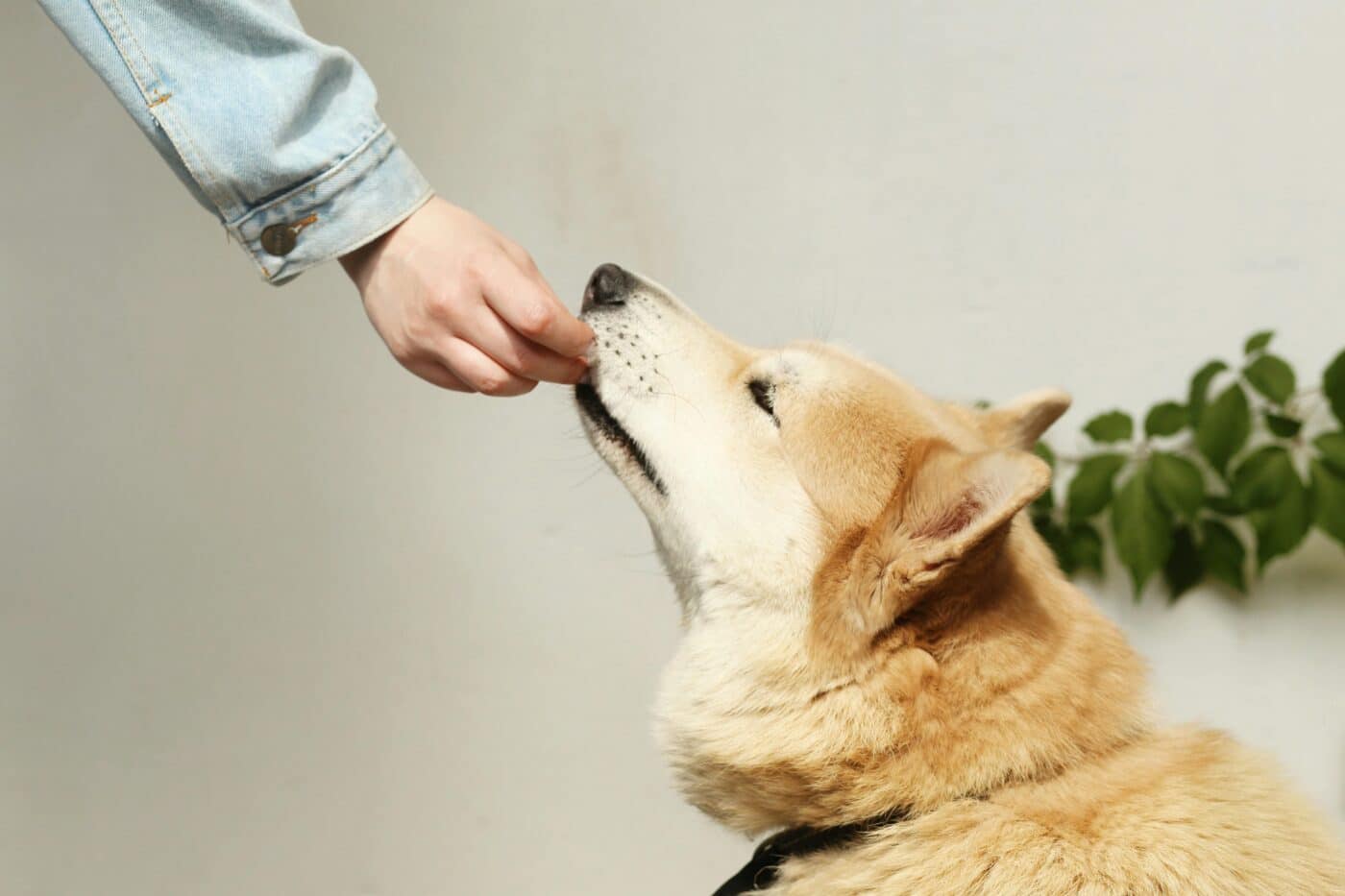 Shutterstock
Shutterstock
In some cases, calming aids may be helpful for dogs struggling to adjust to significant changes. These can include products like calming collars infused with pheromones, anxiety wraps that provide gentle, comforting pressure, or natural supplements recommended by a veterinarian. Additionally, techniques such as massage or playing calming music can soothe a dog’s nerves. While these methods are not a replacement for addressing the underlying stressors, they can complement other strategies to create a more comfortable environment for your dog.
Socialization and Interaction
 Shutterstock
Shutterstock
Even in times of change, socialization should not be overlooked. Dogs are social animals that thrive on interaction. Continuing to engage with them, whether through playdates, trips to the dog park, or simply spending time with family members, can help them feel secure and supported. If a major change involves the addition of new people or pets, carefully supervised social interactions can help foster positive relationships. Ensuring your dog feels connected and included prevents feelings of isolation that could lead to anxiety or behavioral issues.
Recognizing Signs of Stress
 Shutterstock
Shutterstock
Helping your dog adjust to big life changes means being attentive to signs of stress or discomfort. Watch for changes in behavior, such as excessive barking, pacing, chewing, or withdrawal. Subtle signs, like licking their lips frequently, yawning, or avoiding eye contact, can also indicate anxiety. Recognizing these signals allows you to intervene early, offering support before the stress escalates. If your dog’s anxiety seems severe or prolonged, consulting a veterinarian or professional dog behaviorist can guide how to manage and reduce stress effectively.
Patience and Understanding
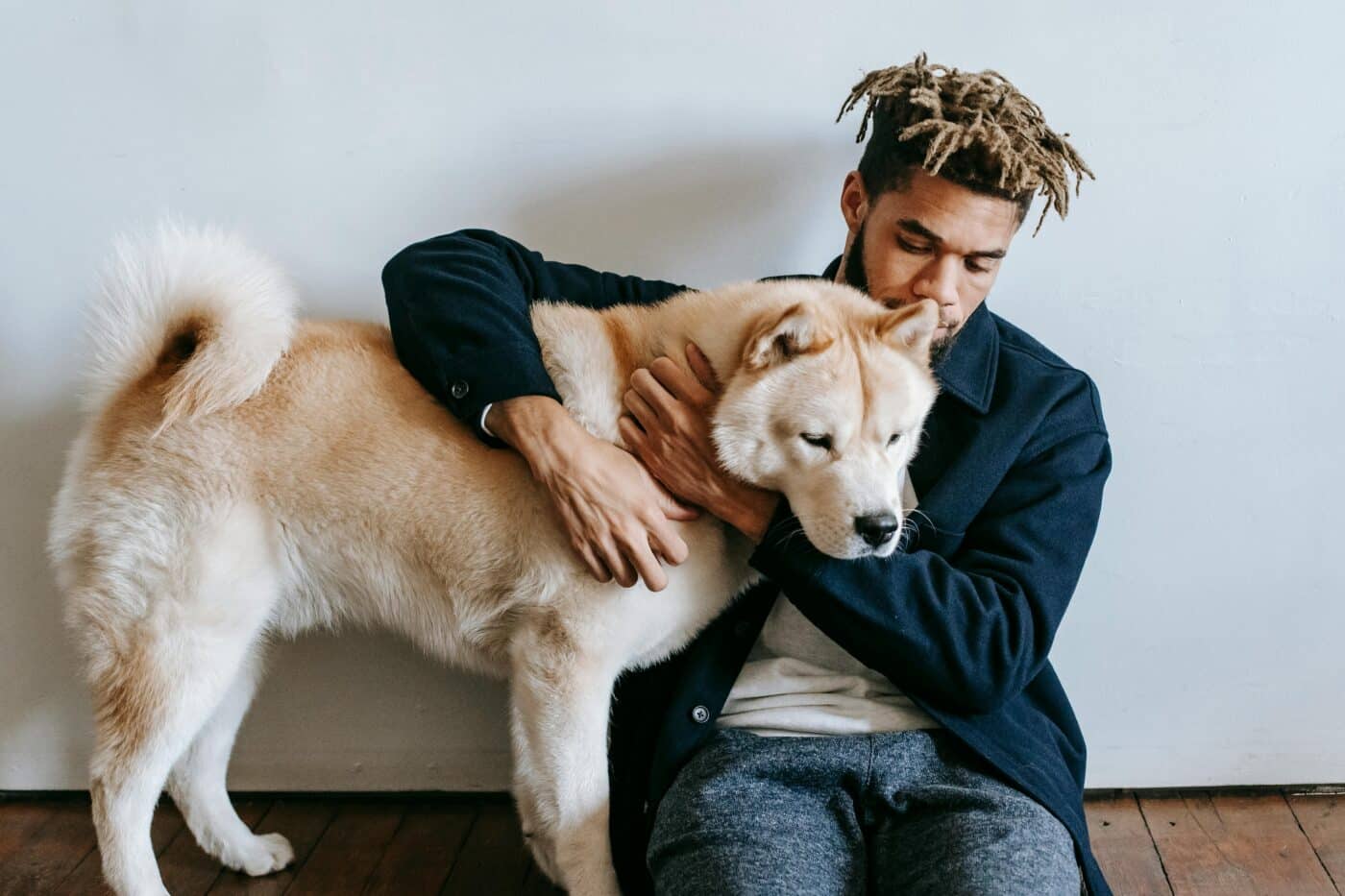 Shutterstock
Shutterstock
One of the most important things you can give your dog during a major life change is patience. Adjusting to new situations takes time, and each dog is unique in how they respond and adapt. Some may take only a few days to adjust, while others may need weeks or even months. Being patient and consistent with your support shows your dog that you’re there for them, reinforcing their trust in you. Dogs are highly intuitive and can sense your frustration or stress, so maintaining a calm and understanding demeanor helps them feel more secure.
When Professional Help is Needed
 Shutterstock
Shutterstock
Sometimes, despite your best efforts, a dog may struggle to adapt to big changes. If their anxiety or behavior doesn’t improve or worsen, seeking professional help can make a significant difference. Veterinarians can rule out any underlying medical issues contributing to stress, while certified dog behaviorists or trainers can provide tailored strategies for helping your dog adjust. These professionals can offer insights into your dog’s behavior and provide effective techniques to reduce anxiety, making the transition smoother for both you and your dog.
The Tail-End Guide to Navigating Change with Your Pup
 Shutterstock
Shutterstock
Helping dogs adapt to big life changes requires dedication, empathy, and creativity. Dogs rely on their human companions for stability and reassurance during new experiences. With patience, love, and proactive support, they can learn to navigate even the most challenging transitions. As they adapt, their loyalty and affection deepen, showing that life’s changes are best faced together—paws and all. So, when life throws you and your dog a curveball, remember: a little patience and a lot of love go a long way.
 Toledo, United States.
Toledo, United States.